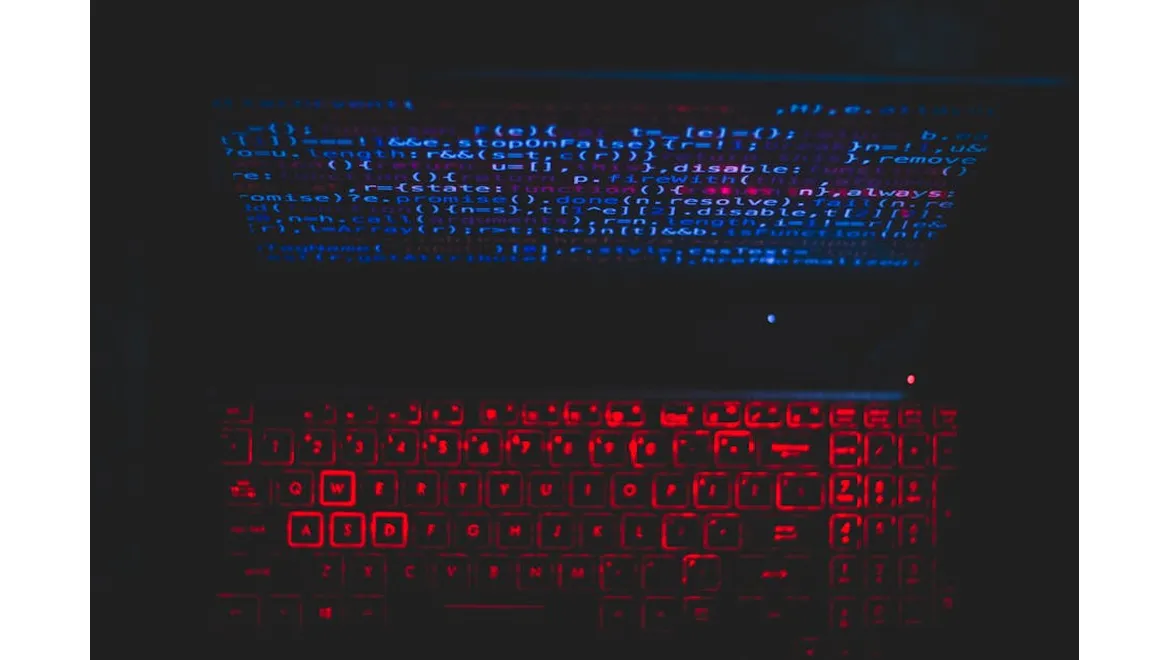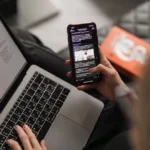Stepping into the world of influencer marketing has always felt like navigating a vast and bustling marketplace. The sheer volume of voices, each clamouring for attention, can be overwhelming. But what if I told you there’s a way to cut through the noise and make your message resonate with pinpoint accuracy? That’s precisely what I discovered when I started leveraging AI-driven personalisation strategies in my influencer marketing campaigns. Let me take you on a journey through my experiences and share how you too can harness this transformative approach.
Identifying the Right Influencers with AI
The first step in any influencer marketing campaign is finding the right voices to amplify your message. Traditionally, this meant hours of manual research, sifting through profiles, and gauging engagement rates. Enter AI, and this process becomes exponentially more efficient.
Using AI-powered tools like Heepsy and Upfluence, I was able to analyse vast amounts of data quickly. These platforms assess influencer profiles based on specific criteria such as follower demographics, engagement rates, and content relevance. The AI algorithms can predict which influencers are likely to align best with my brand’s values and objectives. This not only saved me time but also ensured that my collaborations were more strategic and impactful.
Crafting Personalised Content
Once I had my list of influencers, the next challenge was to create content that felt personal and engaging. AI-driven personalisation tools like Persado and Copy.ai became my go-to solutions. These platforms use natural language processing (NLP) to understand the nuances of language and audience preferences.
With these tools, I could generate content that was tailored specifically to the target audience of each influencer. For instance, by analysing past engagement data, the AI suggested language and themes that had previously resonated well with their followers. This allowed me to craft messages that felt authentic and genuinely connected with the audience, rather than coming off as generic marketing spiel.
Enhancing Engagement with Predictive Analytics
One of the most exciting aspects of using AI in influencer marketing is the ability to predict engagement outcomes. Platforms like Socialbakers and Hootsuite Insights offer predictive analytics features that can forecast how well a piece of content will perform based on historical data.
By understanding these predictions, I could tweak and optimise campaigns in real-time. For example, if the AI predicted lower engagement for a particular post, I could adjust the timing, imagery, or even the influencer’s messaging to better align with audience preferences. This proactive approach meant that I could maximise the impact of each campaign, ensuring higher engagement rates and better ROI.
Measuring Success with AI-Driven Analytics
Tracking the success of influencer marketing campaigns has always been a complex task. However, AI-driven analytics tools like Sprinklr and HubSpot have made this process more streamlined and insightful.
These platforms use machine learning algorithms to analyse vast amounts of data across multiple channels. They can break down metrics such as reach, engagement, conversion rates, and even sentiment analysis. This granular level of detail allowed me to understand not just the quantitative performance of a campaign, but also the qualitative impact on brand perception.
Armed with these insights, I could make data-driven decisions for future campaigns, continuously refining my approach to achieve better results.
Building Long-Term Relationships
One of the unexpected benefits of using AI in influencer marketing was the ability to build stronger, more meaningful relationships with influencers. AI tools can track and analyse interactions over time, offering insights into what makes each influencer tick.
For instance, platforms like Traackr and AspireIQ offer relationship management features that help in understanding an influencer’s preferences, past collaborations, and long-term engagement trends. This information was invaluable in fostering genuine relationships, as I could tailor my approach to each influencer’s unique style and preferences.
By making influencers feel valued and understood, I found that they were more enthusiastic about collaborating and often went the extra mile to promote my brand.
Embracing the Future of Influencer Marketing
Reflecting on my journey, it’s clear that AI-driven personalisation strategies have revolutionised the way I approach influencer marketing. From identifying the right influencers and crafting personalised content to enhancing engagement and measuring success, AI has been a game-changer.
The beauty of this approach is that it’s not just about leveraging cutting-edge technology; it’s about creating more authentic, meaningful connections with audiences. By harnessing the power of AI, we can cut through the noise and deliver messages that truly resonate.
As you embark on your own influencer marketing journey, I encourage you to explore these AI-driven personalisation strategies. The landscape is ever-evolving, but with the right tools and insights, you can stay ahead of the curve and make a lasting impact.











